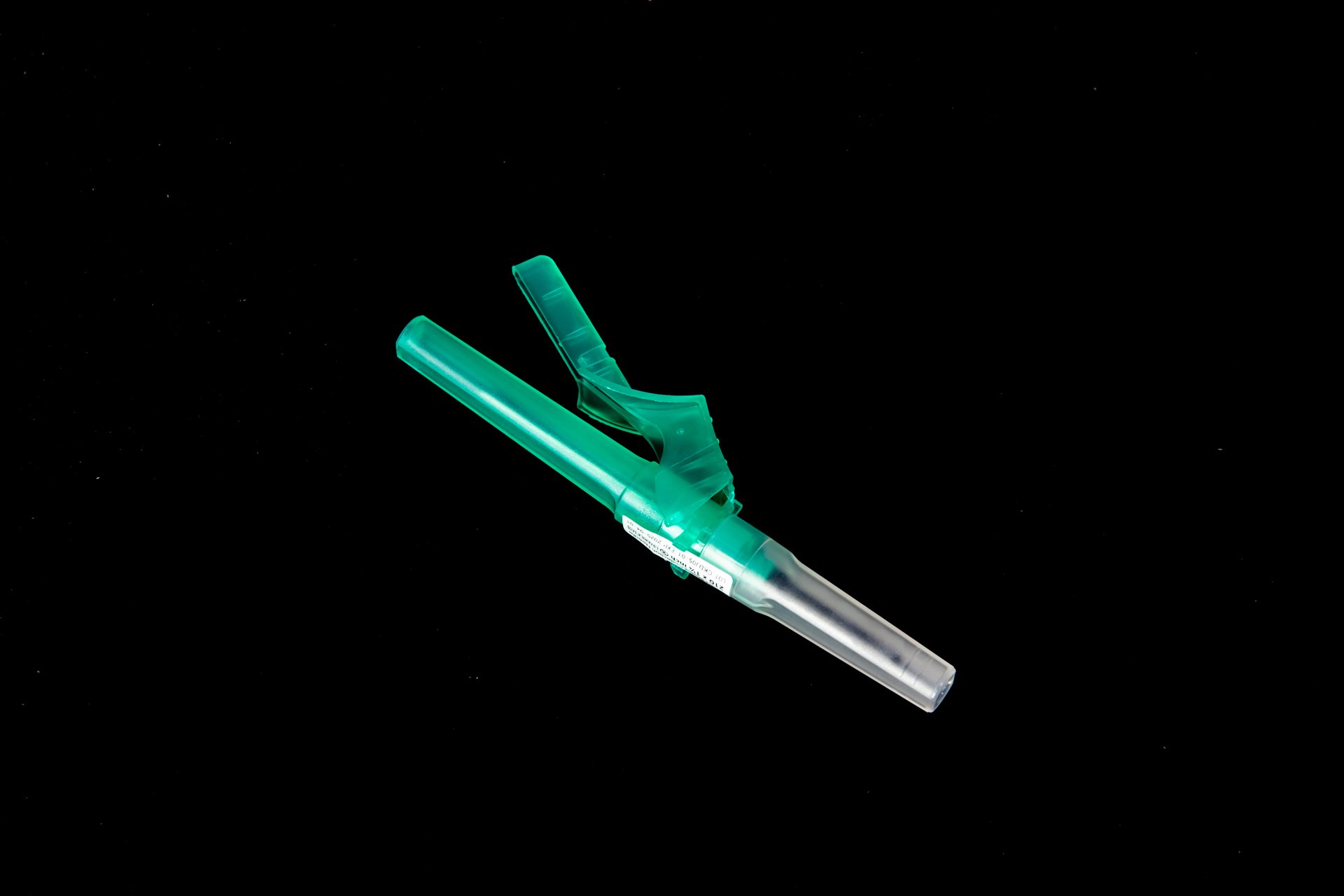Patient Preferences In Needle Usage
Needles are a common tool used in various medical procedures, from drawing blood to administering vaccinations. However, for many patients, the thought of needles can elicit fear, anxiety, and discomfort. Understanding patient preferences in needle usage can help healthcare providers improve the overall patient experience and ensure that necessary medical procedures are carried out effectively.
The Importance of Addressing Patient Preferences in Needle Usage
It's essential for healthcare providers to take into account patient preferences when it comes to needle usage for several reasons:
Improving patient experience: By addressing patient preferences, healthcare providers can help reduce anxiety and fear associated with needle procedures, ultimately improving the overall patient experience.
Enhancing patient compliance: Patients who have a positive experience with needle procedures are more likely to comply with necessary medical treatments and follow-up care.
Reducing the risk of complications: Patients who are anxious or fearful of needles may experience increased stress levels, which can lead to complications during medical procedures.
Factors Affecting Patient Preferences in Needle Usage
Several factors can influence a patient's preferences when it comes to needle usage, including:
Past experiences: Patients who have had negative experiences with needles in the past may have a heightened fear or anxiety when facing future needle procedures.
Needle size and type: Some patients may prefer smaller needles or alternative needle types, such as butterfly needles, to minimize discomfort during procedures.
Communication: Clear communication from healthcare providers about the needle procedure and what to expect can help alleviate patient anxiety.
Needle-Free Alternatives
For patients who have a strong aversion to needles, needle-free alternatives may be a viable option. These alternatives include:
Topical anesthetics: Applying a topical anesthetic cream or spray to the skin before a needle procedure can help numb the area and reduce discomfort.
Jet injectors: Jet injectors use high-pressure gas to deliver medication through the skin without the use of a needle, offering a needle-free option for patients.
Transdermal patches: Transdermal patches deliver medication through the skin over an extended period, eliminating the need for needle injections.
Strategies for Addressing Patient Preferences in Needle Usage
Healthcare providers can implement several strategies to address patient preferences in needle usage and improve the overall patient experience:
1. Communication
Effective communication with patients about needle procedures is essential for addressing patient preferences. Healthcare providers should:
Explain the needle procedure in clear, simple language
Answer any questions or concerns the patient may have
Offer reassurance and support throughout the procedure
Providing patients with information about the purpose of the needle procedure and what to expect can help alleviate anxiety and fear.
2. Use of Topical Anesthetics
Topical anesthetics can help reduce discomfort during needle procedures by numbing the skin before injection. Healthcare providers can apply a topical anesthetic cream or spray to the injection site approximately 30 minutes before the procedure to help minimize pain.
For patients who are particularly sensitive to needle pain, the use of topical anesthetics can make the procedure more tolerable and improve the overall patient experience.
3. Needle Size and Type
Healthcare providers should consider using smaller needles or alternative needle types, such as butterfly needles, for patients with a strong aversion to needles. Smaller needles can help minimize pain and discomfort during procedures, while butterfly needles are designed to be less invasive and easier to insert.
By taking into account the patient's preferences for needle size and type, healthcare providers can help reduce anxiety and fear associated with needle procedures.
Conclusion
Addressing patient preferences in needle usage is essential for improving the overall patient experience and ensuring that necessary medical procedures are carried out effectively. By taking into account factors such as past experiences, needle size and type, and communication, healthcare providers can help patients feel more comfortable and confident during needle procedures.
Implementing strategies such as effective communication, the use of topical anesthetics, and consideration of needle size and type can help healthcare providers address patient preferences and enhance the overall quality of care for patients.
By understanding and accommodating patient preferences in needle usage, healthcare providers can build trust with their patients and create a more positive and supportive healthcare environment.
Disclaimer: The content provided on this blog is for informational purposes only, reflecting the personal opinions and insights of the author(s) on phlebotomy practices and healthcare. The information provided should not be used for diagnosing or treating a health problem or disease, and those seeking personal medical advice should consult with a licensed physician. Always seek the advice of your doctor or other qualified health provider regarding a medical condition. Never disregard professional medical advice or delay in seeking it because of something you have read on this website. If you think you may have a medical emergency, call 911 or go to the nearest emergency room immediately. No physician-patient relationship is created by this web site or its use. No contributors to this web site make any representations, express or implied, with respect to the information provided herein or to its use. While we strive to share accurate and up-to-date information, we cannot guarantee the completeness, reliability, or accuracy of the content. The blog may also include links to external websites and resources for the convenience of our readers. Please note that linking to other sites does not imply endorsement of their content, practices, or services by us. Readers should use their discretion and judgment while exploring any external links and resources mentioned on this blog.



